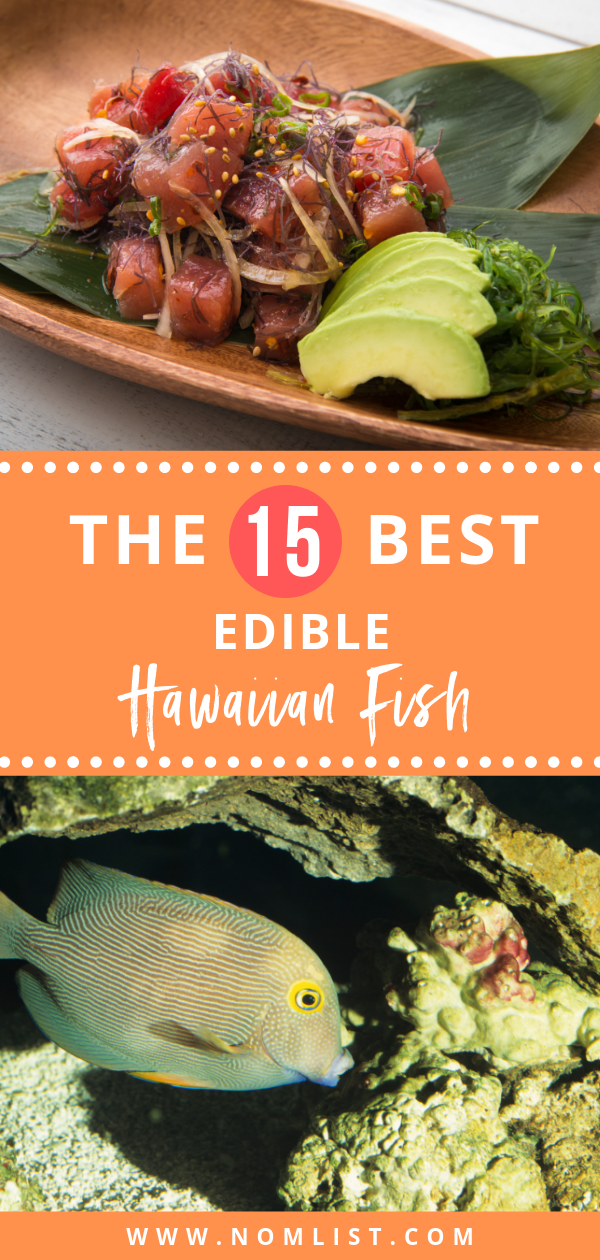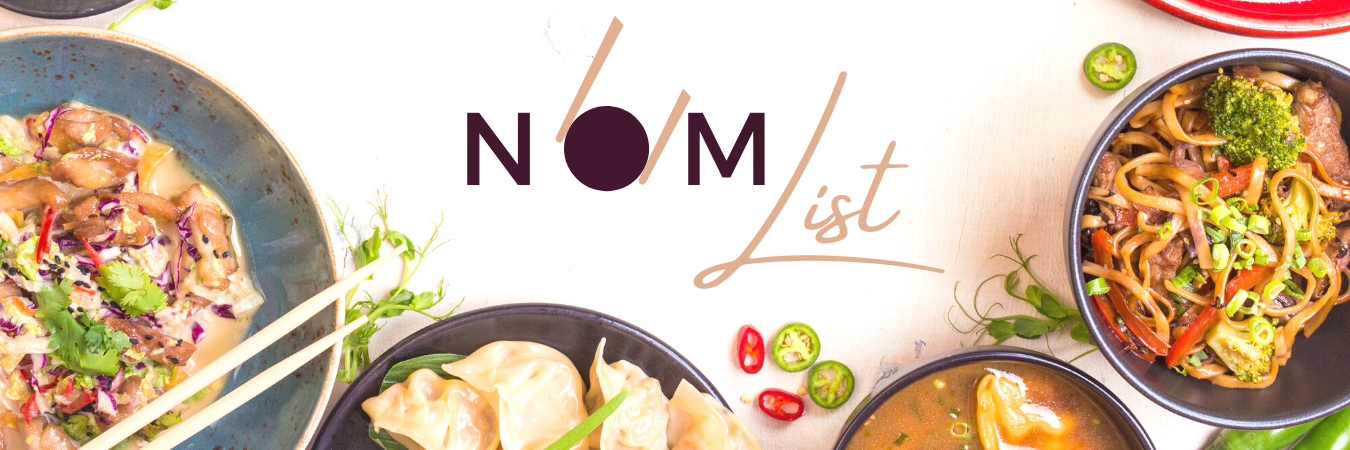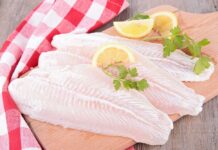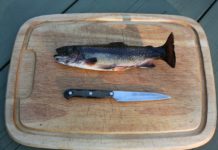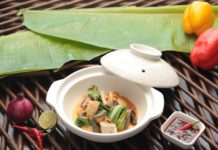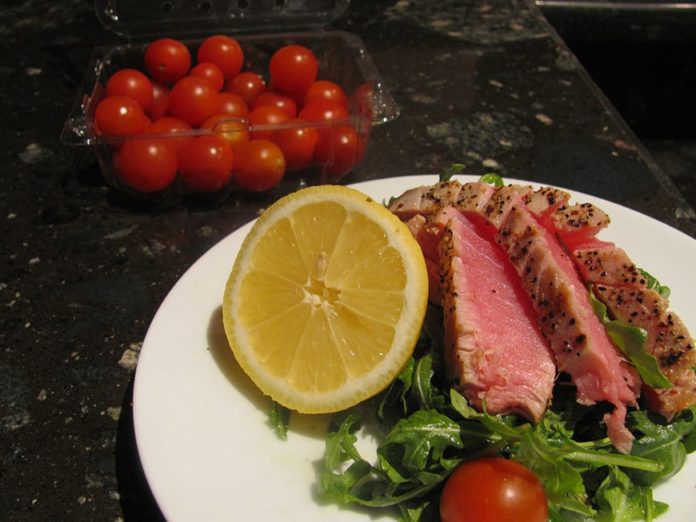
Hawaii is home to a wide variety of tropical fish, many of which you aren’t able to find elsewhere in the world. While these fish are beautiful to look at, some are edible and incredibly tasty!
The fish are all cooked in a way to bring out their flavors, be it grilled, as sushi or Hawaiian poke. Along with the wonderful flavors of Hawaii, these fish help to make some unforgettable dishes.
Whether you are a local, or you are planning a vacation to Hawaii, here is an ultimate guide to all the edible Hawaiian fish to try out!
Kumu (goatfish)
Kumu is one of the prized catches in Hawaii. Kumu, or goatfish, is found near the reefs and sand patches, around depths of 5-100 meters. The fish is commonly seen when snorkeling in Hanauma Bay.
In appearance, kumu are bright pink and grow to around 15 inches. In texture, kumu is wonderfully flaky, juicy and with a buttery finish. It has a unique texture that has to be complemented with cooking it right. The flavor of the fish is sweet yet rich.
The fish is best served scored on the skin side, seasoned and fried in a pan with peanut oil. The fish should be cooked just until firm, cooked anymore and it can become dry.
The fish is not only a prized catch in Hawaii but a prized dish thanks to its rich flavor and flaky texture.
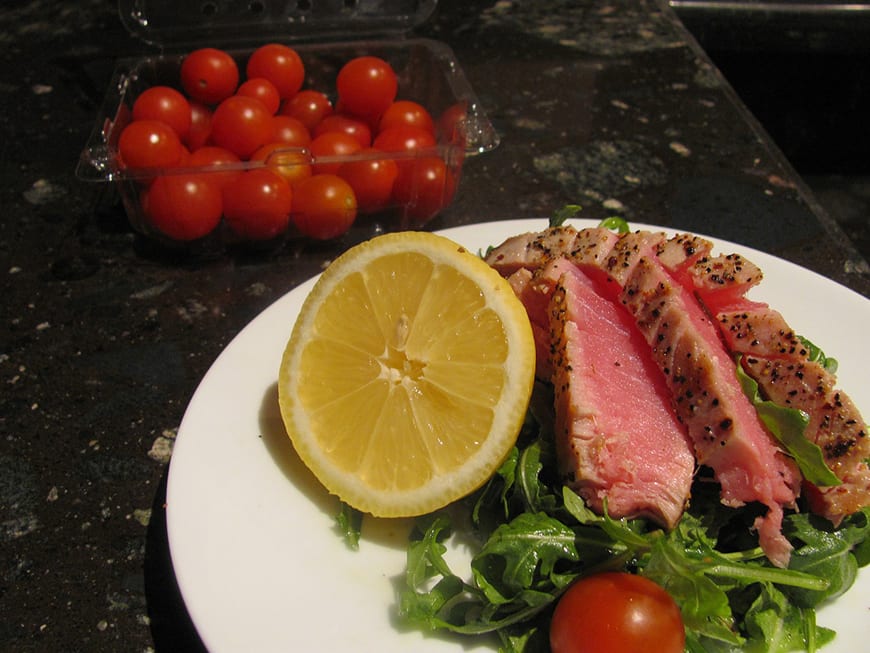
Bigeye Ahi Tuna
There are a few varieties of ahi, ranging from the prized bigeye to albacore, yellowfin, and skipjack. However, the bigeye ahi tuna is the most sought after in Hawaii. The fish has a plump body with large eyes set in a large head. With a reddish color, the fat content is higher than yellowfin tuna, which gives it a richer flavor. The bigeye ahi fish can weigh up to 200 pounds and are caught offshore by longline fishing boats.
When it comes to cooking bigeye ahi tuna, simplicity is best. The fish is best-served rubbed with spices such as dry seaweed, furikake, and sesame seeds, then quickly seared on either side, with the fish mostly left raw.
Bigeye ahi tuna is very popularly used as the main ingredient in Hawaiian poke, which is the Hawaiian version of ceviche. In this dish, the bigeye ahi tuna is served raw.
Uhu (parrotfish)
Uhu, otherwise known as parrotfish, is one of the common fish spotted when snorkeling along the coral in Hawaii. It appears to be a rainbow-colored fish, with mouths which look very similar to parrot beaks. They are usually under 12 inches and 12 pounds or less.
However, it is not the rainbow-colored male, instead of the reddish-brown female uhu which holds all the flavor. To properly enjoy the flavor and texture of this fish, you need to prepare it simply. A little bit of salt and oil to bake in the oven.
The fish is wonderfully moist, and if cooked right, the meat slides off the bone. It is okay if the meat is slightly pink at the bones, if overcooked it loses its flavor and moisture. Simply season with olive oil, salt, and lemon and it will be delicious.
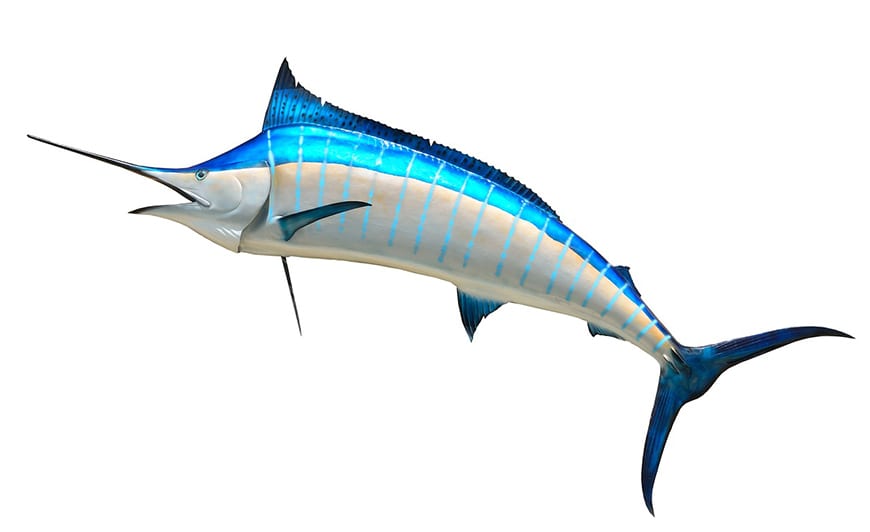
Nairagi (striped marlin)
Nairagi is a fish with a slender bill and stripes along its side. It is possibly the most popular of the marlin species when it comes to eating. It is a firm, mild-flavored fish that varies from orange-red to light pink in color. The more orange-red nairagi is best for sashimi.
Nairagi, or striped marlin, vary in weight from around 40 to 100 pounds. However, it can also grow as large as 130 pounds. They are usually caught out by longline boats, but can also be caught close to shore by trolling boats.
The flesh of nairagi is tender, making it wonderful to serve as carpaccio, raw and thinly sliced dressed with capers, lime, olive oil, salt, and organic greens. These dressings bring out the fresh and flavorful qualities of the fish.
Hawaiian Butterfish (black cod)
Hawaiian butterfish, or black cod, is a fish with black skin (hence the name) and high oil content. They average around two feet in length and 10 pounds in weight. It is a popular fish to serve both in Japan and Hawaii. It has a medium flaky texture, but a very rich taste to boot.
Traditionally, the fish is salted and wrapped with pork in taro leaves. This is then steamed for several hours to make it deliciously soft. The pork fat makes the taro leaves soft, while the Hawaiian butterfish brings great flavor and freshness to the dish.
Opah (moonfish)
Opah, moonfish, range from around 60 to 200 pounds, but only a third of the fish is usable, the rest is mainly head. The fish is a white fish, flaky and full of rich flavor. It is caught by longlining out beyond the reef and coral.
As it is a rich flavored fish, it is best served with rich flavors. Glazed with chile peppers, coriander, cumin, smoked paprika, lemon and cilantro, the fish is seared and baked. The crust on the fish, when crisped, helps to maintain the natural moisture of the meat, and the added spices and herbs help to bring out the fatty and bold flavors naturally found in the fish.
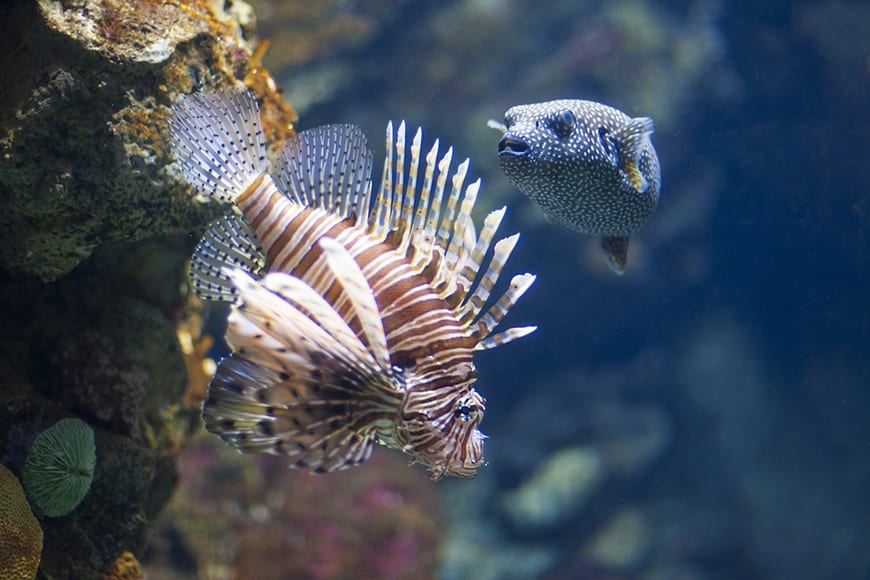
Hogo (scorpionfish)
Hogo or scorpionfish dwell in the depths of around 20 feet. It camouflages itself near reefs, where it can grow to around 20 inches and weigh around 5 pounds. Traditionally, it is caught using a spear or a pole and line by locals.
While it is an ugly looking fish, the meat is firm, lean and chewy. Many chefs use the leftovers from the fish, particularly the head, to braise. Hogo-head braise turns out wonderfully, the head is full of cartilage which turns gelatinous when braised, which gives the liquid a great body.
It is traditionally slow cooked with charred vegetables, tomatoes, anchovies, thyme, and chicken fat. Serve it up with some garlic toast and it is a real traditional treat.
Awa (milkfish)
Awa is a milkfish that is fairly rare. It can grow past three feet and weigh up to 40 pounds or more. Traditionally, awa is caught using a pole and line, nets or spears near the shore. They can also be found in inlets or bays.
Generally, awa is steamed or deep-fried. The flavor of the fish is best brought out with a fish sauce made of pickles, vinegar, chile peppers, and herbs served on top of jasmine rice and sweet and sour tamarind soup.
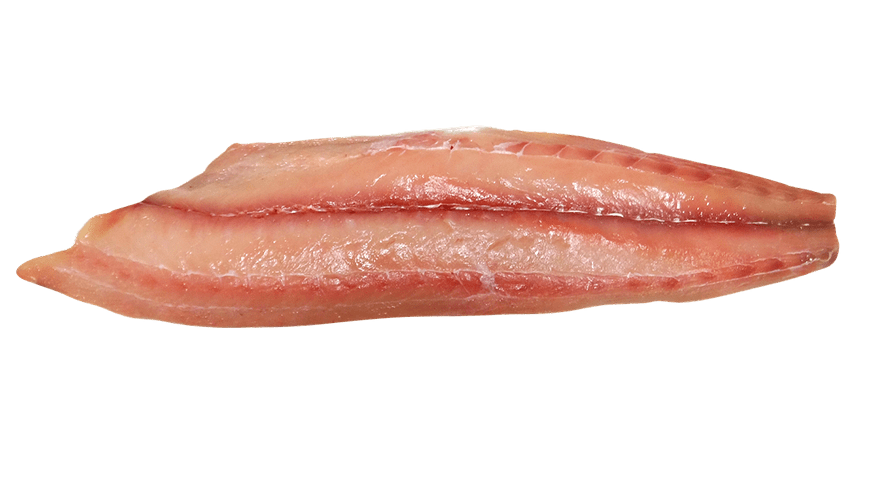
Mahi Mahi
Mahi mahi is a popular fish found all over the world, but it is best enjoyed in Hawaii. The fish is fresh here, and Hawaiians have the most experience when it comes to cooking and eating mahi mahi.
It is a firm-fleshed fish that is perfect for marinating and grilling. It has a milder flavor than other swordfish, but it has a stronger taste than that of other mild white fish meat.
There are many different ways to cook mahi mahi, ranging from broiling, baking, and grilling. It is a versatile fish that suits many different meal types and preparation.
Ono
Ono is also popularly known as wahoo. It is considered a prized catch as it is quite a difficult fish to catch. It does taste similar to mackerel, although it has a more subtle flavor.
Ono in Hawaiian actually means delicious, or good to eat. Ono has a mild and sweet flavor, and the meat has a firm texture with moderate fat content. When cooked, the meat has large circular flakes. The white color of the meat remains white after it has been cooked.
Ono is a great source of healthy, extra lean protein. It is great grilled but can be prepared in many different ways, as long as it isn’t overcooked.
Hapu’upu’u
This is a local fish that isn’t found anywhere else in the world. At a local market, you will see black hapu’upu’u which have a clear, white flesh. Hapu’upu’u is a deep-water fish which dwells between 300 and 900 feet deep. It is usually within the 5 to 10-pound range from the main Hawaiian islands, while the Northwestern Hawaiian island hapu’upu’u can weigh up to 30 pounds.
Hapu’upu’u has a wonderfully delicate taste, and this is often accentuated when steamed, which is the favored preparation of the fish by the locals. The meat is semi-firm and flaky. It is a fairly rare fish, so it might be on the more expensive side when ordered at a restaurant.
Kajiki
Kajiki is also known as blue marlin. It is a particularly large fish which can weigh up to 1600 pounds. The fish ranges from cobalt blue on top, which shades down to silvery white on the bottom. The upper jaw of the fish is elongated to a long spear-form.
Kajiki can be eaten raw as sushi or sashimi but can also be served through different preparations such as sautéing, grilling or frying.
The flavor is mildly pronounced and the meat is firm, almost steak-like in texture. The color of the flesh ranges from white to pink, depending on the diet of the fish. Certain kajiki fish have a higher fat content, which gives the flesh a natural sheen.
Opakapaka (pink snapper)
Opakapaka is considered the islands most premium snapper. The pink snapper has a light pink flesh and a very delicate, sweet flavor.
The fish is mainly caught during the winter months, as the meat is high in fat which makes it a great choice for sushi or sashimi.
Most commonly, opakapaka is baked, grilled, sautéed, steamed and used in the preparation of sushi or sashimi.
The color of opakapaka varies from brown to lavender or reddish-purple. The fish grows to around 18 pounds and can live for up to 18 years.
Monchong (sickle pomfret)
Monchong is a deep water fish, usually caught at depths greater than 900 feet. It is a fish gaining popularity in Hawaiian cuisine. It only reaches up to 25 pounds and has a dark brown to black color.
The meat of monchong has a high oil content, which makes it a great fish for grilling, sautéing, frying, broiling, and baking. Also known as pomfret, monchong has a pinkish flesh. It has large flakes and the flesh turns snow white when cooked. The meat has a semi-firm texture and a mild and sweet flavor. The meat is usually served cut in fillets.
Hebi (Spearfish)
Hebi has a unique flavor. The meat tastes nutty, citrus and almost like chicken. It has a more pronounced taste that tuna. The meat is firm and has an opaque amber-blush color which turns white when cooked.
Out of all the billed species of fish, it has the softest and most delicate of flesh and works great when served as sashimi. It can also be broiled, grilled, and sautéed.

Shutome (swordfish)
Swordfish is a moist meat with high-fat content. The taste is mildly sweet. The flesh from shutome can either be white or pink and in some cases orange. The color, however, has no effect on the overall quality of the meat. Once cooked, all types of swordfish meat turn beige in color.
Shutome can be baked, broiled, grilled, sautéed or even smoked. However, it is advised that pregnant women, young children, nursing women and women of childbearing age avoid eating swordfish as it has a high mercury content.
Tombo (albacore)
Tombo, or albacore tuna, has a fresh taste with a mild to medium flavor. It has firm flesh and large flakes. What makes it different from other tunas is its steak-like texture, but it is less firm than bigeye or yellowfin tuna.
It has a high-fat content which gives it a full, rich taste. It is served perfectly when grilled or seared, but can also be used as sashimi, in sushi, grilled, broiled or sautéed.
Hawaiian Fish
Along with beautiful scenery, Hawaii has some of the best edible fish to offer. Work your way through the list and decide which is your favorite!
